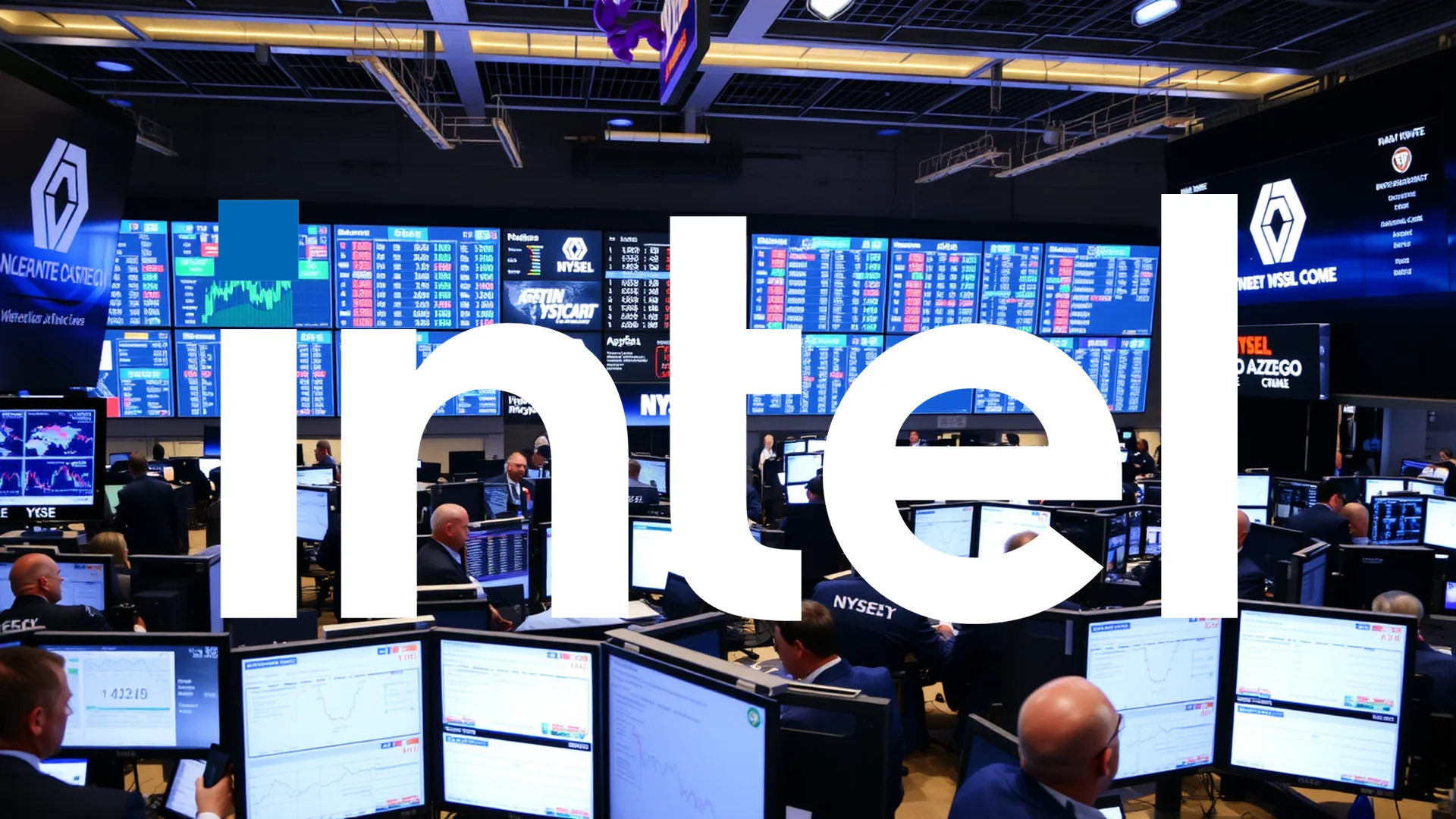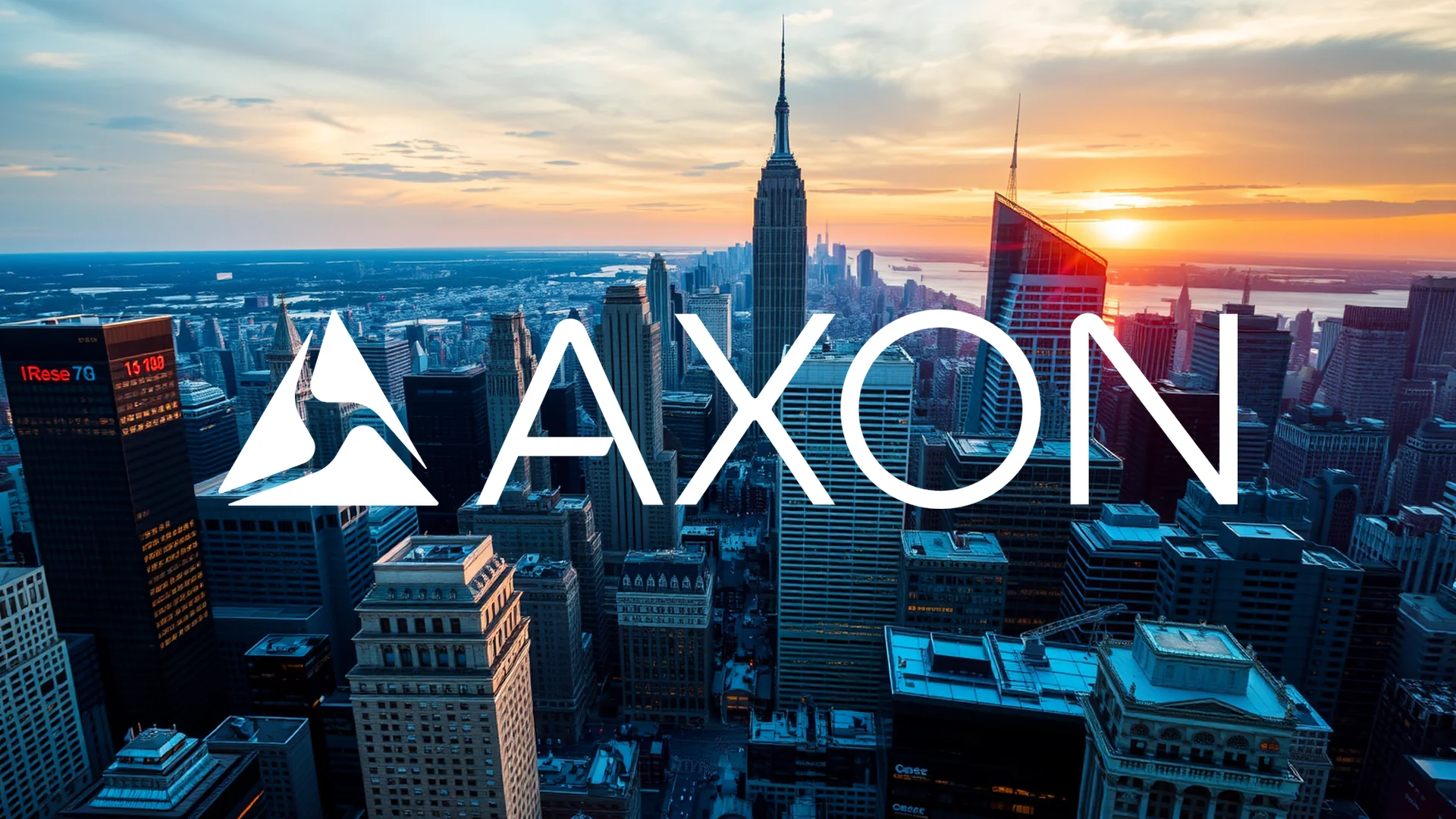Union Pacific is navigating its most significant corporate challenge to date as a proposed $85 billion combination with Norfolk Southern encounters mounting opposition. While shareholders have enthusiastically endorsed the transaction, substantial regulatory and competitive hurdles now threaten to derail what would be the first transcontinental railroad giant in the United States.
Regulatory Scrutiny Intensifies Over Market Dominance
The merger’s completion hinges on approval from the Surface Transportation Board, which faces pressure from over sixty industry associations. The American Chemistry Council leads a coalition arguing the consolidated entity would command more than 40% of all rail freight traffic and dominate chemical transportation with over half the market share.
Competitors are mobilizing against the deal. Canadian Pacific Kansas City and BNSF Railway have expressed concerns about maintaining competitive balance and potential supply chain disruptions. With regulatory deliberations potentially extending eighteen months, the approval process represents a marathon of uncertainty for all stakeholders.
Labor Agreements Become Strategic Asset
In a strategic maneuver to bolster its regulatory case, Union Pacific has secured unprecedented labor support. The company finalized agreements with major unions including the International Brotherhood of Boilermakers and SMART-TD, guaranteeing lifetime job security for thousands of railway workers.
Chief Executive Jim Vena addressed industry concerns at the recent RailTrends conference, stating, “We’re proactively addressing integration challenges before they materialize.” This unified front between management and labor aims to demonstrate operational stability to regulators, though the extended timeline introduces numerous variables.
Should investors sell immediately? Or is it worth buying Union Pacific?
Institutional Investors Display Diverging Sentiment
The investment community reflects the deal’s uncertain prospects through mixed positioning. While Nuveen LLC established a substantial billion-dollar position, other institutional players have significantly reduced exposure. Financial Advocates Investment Management liquidated over 20% of its holdings, and Vestor Capital executed a near-complete exit.
Union Pacific shares currently trade approximately 18% below their annual peak, indicating persistent market skepticism. Recent quarterly performance showed strength with earnings per share of $3.08, yet the merger’s outcome remains the dominant factor influencing valuation.
Critical Timeline Approaches
The coming days feature pivotal events for the proposed combination. Executive leadership including CEO Vena and CFO Hamann will present to investors at the UBS conference on December 2, followed by the company’s dividend distribution on December 5.
The railroad industry stands at a crossroads. Regulatory approval would create an unprecedented transportation powerhouse, while rejection would represent a significant setback for Union Pacific’s growth strategy. Investors face heightened volatility as shares seek direction amid tightening regulatory scrutiny that will ultimately determine the merger’s fate.
Ad
Union Pacific Stock: Buy or Sell?! New Union Pacific Analysis from November 26 delivers the answer:
The latest Union Pacific figures speak for themselves: Urgent action needed for Union Pacific investors. Is it worth buying or should you sell? Find out what to do now in the current free analysis from November 26.
Union Pacific: Buy or sell? Read more here...












